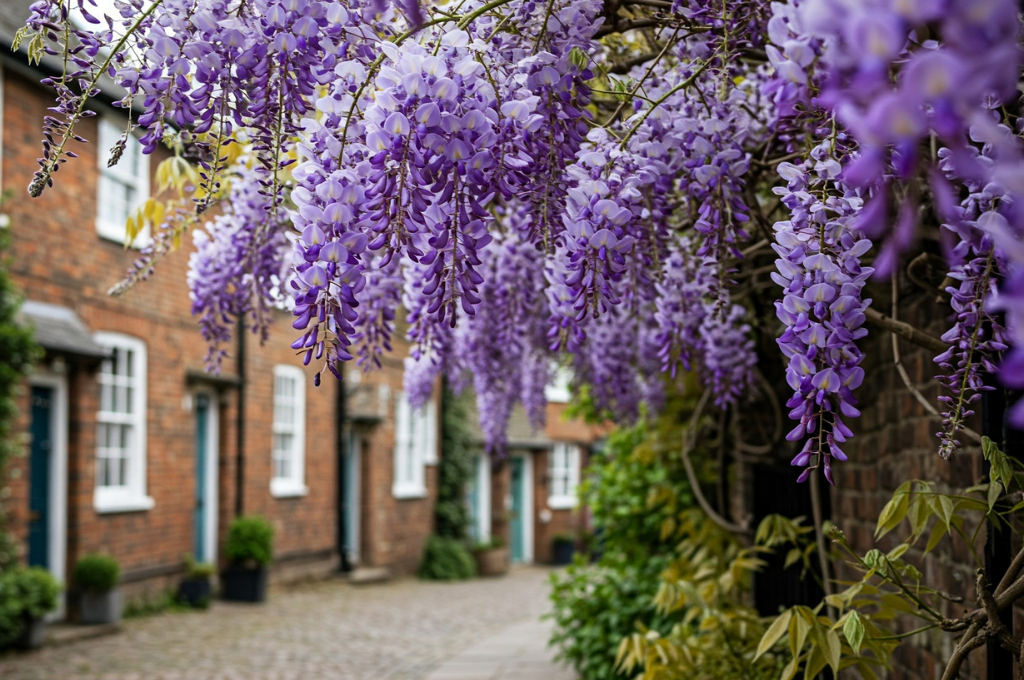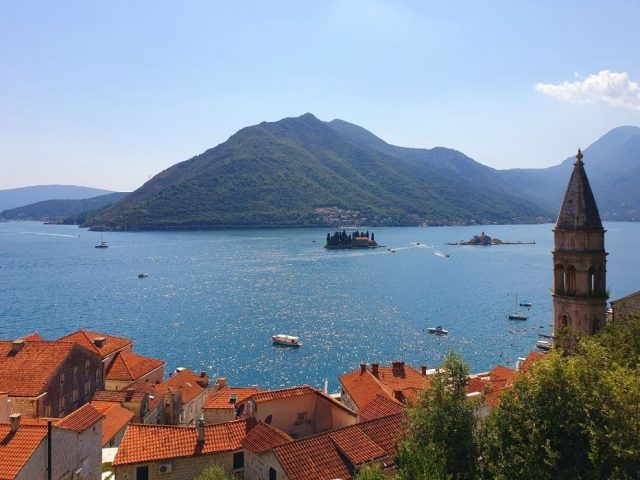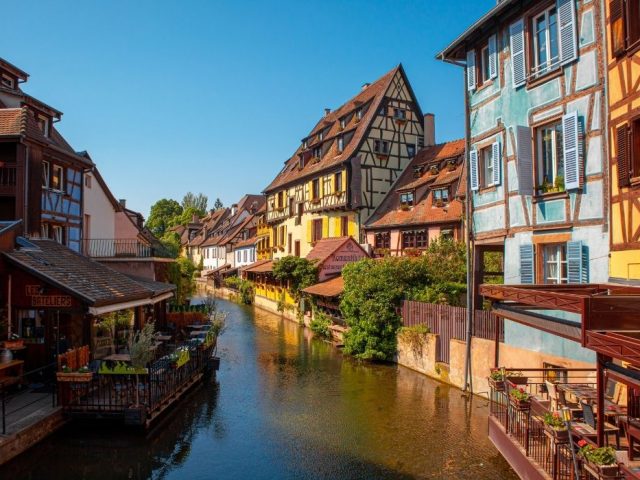Springtime in London has a special kind of magic, and if you’ve ever strolled through the city in April or May, you might have caught yourself in a little “Wisteria Hysteria.” As the season turns, sleepy brick townhouses and charming cobbled streets come alive with cascades of lilac and violet, turning corners of the city into something straight out of a fairytale. If you’re looking for the best spots to witness Wisteria in London, we’ve put together a guide to the most breathtaking places.
Want to discover the full route? Download Piri Guide, your personal tour guide, and start the Wisteria Walk—a curated route through London’s most magical bloom-covered streets.
What Does Wisteria Symbolize ?
In many cultures, wisteria symbolizes patience, endurance, and the quiet promise of beauty in the making. It reminds us that not everything is meant to happen quickly—and that some of the most breathtaking things in life are those that take their time.
Despite its elegance, wisteria is a surprisingly strong plant. Its vines can twist through stone, wrap-around steel, and endure harsh winters—yet its flowers fall with the gentlest breeze. It’s a quiet kind of resilience, a beauty that does not rush.
What Does “Wisteria Hysteria” Mean?
Wisteria is native to parts of East Asia and the United States. But its story doesn’t only belong to distant lands. In London, this quiet beauty has found a home of its own.
Every spring, parts of the city transform into a living painting—purple vines cascading over brick walls, townhouses, iron gates, and garden pergolas. Locals call it “Wisteria Hysteria”. And yes, it’s exactly as magical as it sounds.
When Does Wisteria Bloom in the UK?
Beautiful Wisterias tend to bloom between April and early June. If you want to catch it at its peak, late April to mid-May is the sweet spot. That’s when the blooms take over the city in full color and fragrance.
Here are a few stops from our favorite spring walk in the city:
Best Places to See Wisteria in London
1-Kynance Mews
Kynance Mews, in South Kensington, is one of the most charming places in London to see wisteria in full bloom. This old street, which was originally built for service lanes for big townhouses, now has pretty cobbled paths and charming old buildings. The western part of the street is the most beautiful in spring. The stone archways, ivy-covered walls, and cascading purple blossoms make it one of the city’s most photographed locations. Walking around and exploring the side streets is the best way to see everything. Just be careful not to bother the people who live there while you take the perfect photo!
2-Cheyne Walk
Cheyne Walk in Chelsea is a really beautiful spot where wisteria flowers hang over old Georgian and Victorian houses, creating a perfect picture along the River Thames. This peaceful street, known for its beautiful buildings and long history of gardening, turns a deep purple and pink in late April and early May when the wisteria is in full bloom. The quiet atmosphere makes it a peaceful place to visit and get away from the noise of the city. There are some great areas near Chelsea Embankment and Oakley Street with vines that have been there for decades, flowing over walls and railings. Cheyne Walk is a must-visit for wisteria lovers.
3-Bedford Gardens
Bedford Gardens in Notting Hill is a hidden gem where wisteria grows in abundance. The most famous sight on this charming street is a house with a pastel pink door, surrounded by a huge wisteria vine that climbs over three floors, creating a magical display each spring. Unlike the busier streets of Notting Hill, Bedford Gardens is a peaceful place to enjoy nature. The delicate lilac petals, combined with the soft scent of wisteria in the air, make this spot an unmissable.
4-Campden Hill Road
Campden Hill Road is one of London’s best-kept secrets for wisteria. The pastel-coloured houses and purple blooms are stunning. This quiet, tree-lined street in the heart of Kensington comes to life in late April and May when the wisteria flowers hang over the Victorian houses. The western side has some of the best displays, with vines climbing all the way up houses, making it look like a picture. It is close to other popular places with flowers like Bedford Gardens and Kynance Mews, so it is a must-visit for wisteria lovers. With its serene atmosphere and charming architecture, Campden Hill Road is a delightful spot to admire London’s springtime beauty.
5-Holland Park
Holland Park is a beautiful place to see wisteria flowers in full bloom, with a mix of natural beauty and elegant architecture. While the park is famous for its brightly coloured tulip gardens, the delicate wisteria flowers that hang over the walls add a softer, more subtle charm. The Dutch Garden, with its neat flower beds and old stone arches, is a particularly pretty place to see the lilac flowers. Beyond the park, the surrounding streets in this upscale Kensington neighbourhood feature grand townhouses adorned with wisteria, making for a delightful stroll. After admiring the flowers, relax at The Scarsdale Tavern, a cosy place known for its tasty food and refreshing gin cocktails.
6-Battersea
Battersea might not be the first place you think of for wisteria in London, but it’s got some really lovely displays. One of the best places to see them is St Mary’s Church on Battersea Church Road. The wisteria grows around the iron gate and over the brick walls around it, creating a beautiful contrast with the historic building. In other parts of the neighbourhood, such as Clapham Common North Side, Orlando Road, and The Chase, Victorian houses with wisteria on their fronts can be found. These areas are quieter and less busy than the popular wisteria areas of West London. Battersea is a peaceful place to enjoy London’s wisteria season. It has a riverside charm and less crowded streets.
Friendly reminder: You can find the full route in Piri Guide’s “Wisteria Walk” audio tour. All you need to do is download Piri Guide!
If you want to explore London to the fullest, check out our London guide.




